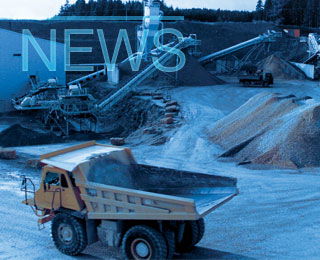Caribbean Cement Company Limited’s (Carib Cement) shift from liquid fuel to solid fuel will allow it to produce cement at a cheaper cost two years from now. The company is now using greater volumes of coal and petcoke in its production process and less of bunker C (heavy fuel oil). Managing director of Carib Cement Anthony Haynes said ultimately fuel consumption will be halved when the company completes its expansion and modernisation plan in 2008.
The shift in fuel type is expected to cut production costs about 30 per cent within the next two years but the actual savings will be driven by the reduction in fuel consumption cost that the solid fuels provide, forecast operators of the company.
"Solid fuel is now 95 per cent of the total fuel consumption," said Ken Wiltshire, project manager for the company’s expansion and modernisation project. In year 2005, when the company used up 16 per cent of liquid fuel, its fuel consumption bill stood at J$461m, with bunker C accounting for roughly 45 per cent of that cost or J$206.9m.
Mr. Wiltshire said the aim of the company was to achieve 98 per cent solid fuel consumption by the end of year 2006. This shift could slash another 40 per cent of the expensive liquid fuel cost from the company’s fuel consumption bill. He said the current market price for bunker C is four times higher than coal which is at US$70 per tonne, when a comparison is made of their heating qualities per unit cost.
Last year Carib Cement spent J$76 million less on coal than it did in year 2004 by using greater volumes of petcoke. It must however, continue to use a small per cent of the more flammable bunker C to prime the kilns.
The company has already spent US$3million upgrading its older coal mills under its expansion and modernisation plans which initiated in 2003. These kilns have now developed solid fuel firing systems and Carib Cement recently announced the construction of a fifth kiln at US$85 million which should further boost the effort.
Before the expansion plans the company depended largely on bunker C for fuel. "Coal with Petcoke are additional benefits," outlined Mr. Wiltshire noting that the company had always used coal but in much smaller quantities.
Mr. Haynes said the company is also in an advanced stage of exploring the use of tyres as fuel. In the past cement plants have been hesitant to use waste products as fuel due to concerns about the vagaries in quality of these fuels, but a major advantage is cost. In fact some plants are paid to dispose of such products. (Abstracted from the Jamaican Gleaner)
